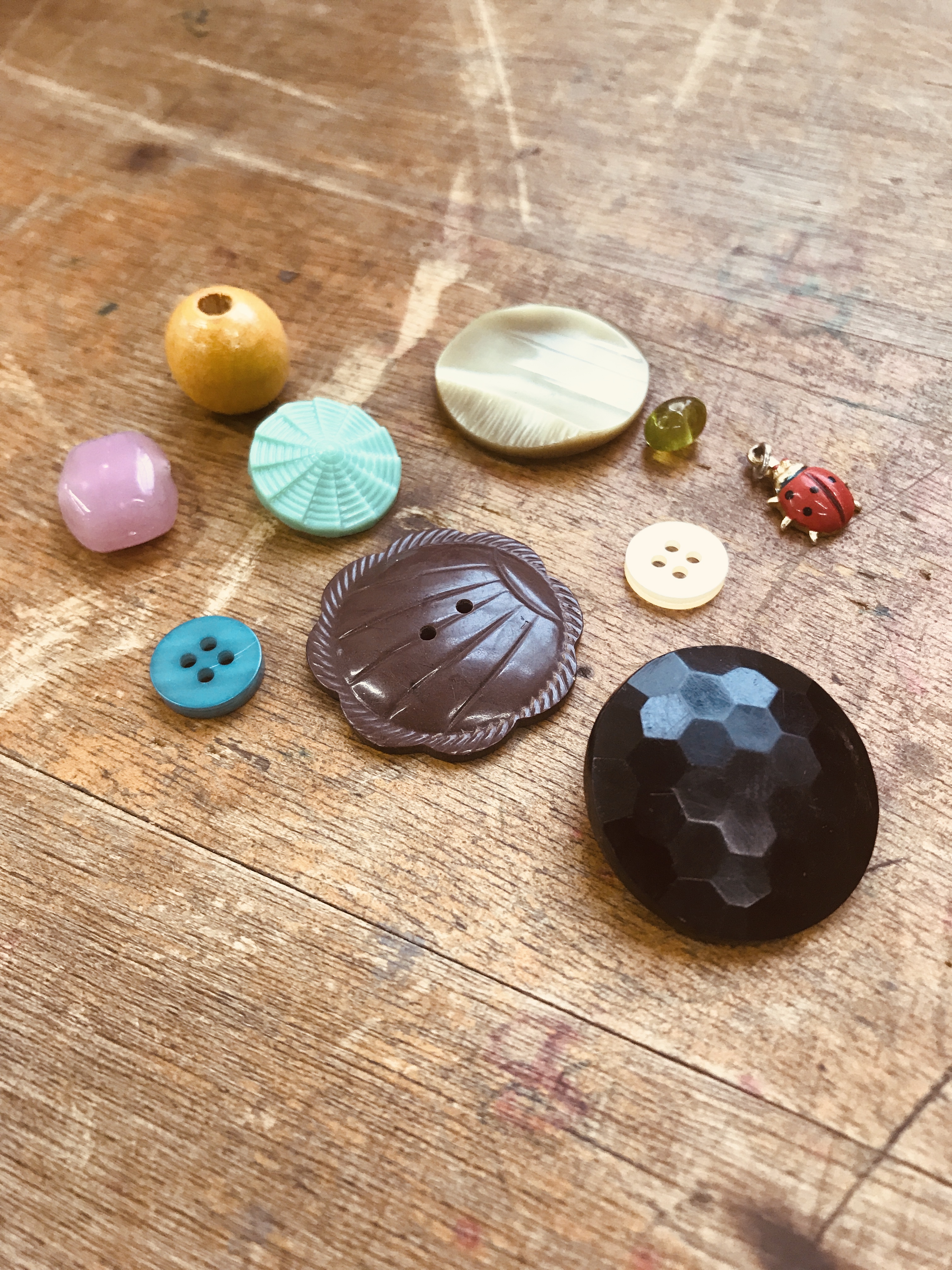
RESEARCH, PUBLICATIONS
AND PROJECTS
This section of the website features research, publications and projects by Holding Space Therapeutic Arts Practitioners. It is a listing that will be added to through time.
Amanda Woodford (2023). DOCTORAL RESEARCH (a section). Attraction, care and absorption as three working-values. An overall style of mending when working with the delicate weave of a body with/in pain to lessen the risk of more pain.
This is a section of my doctoral research shared here for folks who engage in forms of mending using the arts therapeutically. The full doctorate can be found here.
Evan Hastings (2023). CO-WRITTEN JOURNAL ARTICLE. Co-creating healing spaces with children: Community-based creative arts therapy in South India.
Pallavi Chander, Evan Hastings, Geet (Sangeeta Goel), Shravanthi Ventakesh and Nidhi Khurana. JoCAT, Vol.18, No.2.
Abstract
Creative processes can be fertile ground for healing. This article aims to contribute to the movement towards decolonising knowledge systems around community mental health practices. The traditional approach to mental health research and practice has often been based on Western models and perspectives, which may not be relevant or appropriate for communities in India. The article draws on elements of participatory action research to investigate Hasiru Dala’s creative arts therapy (CAT) programme, which uses creative processes to nurture healing spaces for children residing in poor urban communities in Bengaluru, India. Qualitative data was collected through enquiry questions, supervision, a questionnaire, a writing workshop, and case studies in collaboration with CAT programme facilitators and participants. Validation by participants assures ethical representation. Emphasising cultural relevance, inclusivity and a community-centred outlook contributes to a more culturally responsive and locally relevant approach to community mental health.
Amanda Woodford (2022). BOOK REVIEW. Qualitative and digital research in times of crisis: Methods, reflexivity, and ethics, edited by Helen Kara and Su-ming Khoo.
This is a brilliant book for qualitative researchers.
To see Amanda’s review: JoCAT Vol.17, No.2
Amanda Woodford (2020). PROJECT. Contemplative Art Play with Nature.
I was thrilled to be asked by Felicity Milburn from the Christchurch Art Gallery, if I would be able to contribute to their arts and wellbeing program, during NZ’s March 2020 COVID-19 ‘lockdown’. I wanted to create something that was therapeutically safe for people to do at home, alone, and which could be done without the need for ‘arts materials’. In addition, it was important to me that it was something that all ages could potentially participate in doing. This is one of my favourite things to do. I hope you enjoy it too… (be sure to watch the video) Contemplative art play with nature
Amanda Woodford (2018). CO-WRITTEN JOURNAL ARTICLE. A Making Conversation.
Stacey Bush and Amanda Woodford. Creative Arts in Education and Therapy (CAET), Vol.4, Issue 2, 2018
Abstract
In this paper we aim to demonstrate an approach to multi-modal arts making in a therapeutic arts practice. It is based on the teaching of ‘Multi-modality’, a Master’s subject at The MIECAT Institute, in Melbourne, Australia. The focus of this subject is to describe interactions with materials and facilitate an emergent embodied engagement with tools, materials and arts making. By engaging in a similar process ourselves and presenting it here, our hope is to give an evocative sense of the kind of emergent inquiry we facilitate for our students– an emergent inquiry process of arts making that can create the basis of rich and meaningful inquiry into lived experience.
Full paper
Abstract
In this paper we aim to demonstrate an approach to multi-modal arts making in a therapeutic arts practice. It is based on the teaching of ‘Multi-modality’, a Master’s subject at The MIECAT Institute, in Melbourne, Australia. The focus of this subject is to describe interactions with materials and facilitate an emergent embodied engagement with tools, materials and arts making. By engaging in a similar process ourselves and presenting it here, our hope is to give an evocative sense of the kind of emergent inquiry we facilitate for our students– an emergent inquiry process of arts making that can create the basis of rich and meaningful inquiry into lived experience.
Full paper
Amanda Woodford (2016). CO-FACILITATED PROJECT. Our ChCh – An instagram project.
In 2016, my colleague and research buddy – Dr Stacey Bush – and I embarked on an Instagram project, as part of our presentation at ANZATA’s annual symposium. Inspired by the title and location of the symposium – Artful Transitions in Christchurch, NZ – we invited people in Christchurch (residents and visitors) to document (through photography) and upload (via Instagram) their sense of ‘Christchurch in transition’, post the Christchurch earthquakes. These pieces were shared by people we knew and didn’t know, accompanied most importantly with the hashtag #ourchch_artfultransitions. When it came time for our presentation the collection of images were shared with our audience. This opened up conversations and resulted in artistic responses, offerings, to the images of others.
The hashtag has lived on beyond our small community project and it has been wonderful to see spread beyond our time in this wonderful city. This hashtag has captured what artful transition means over time for those visiting Christchurch and has a life of its own. The images can be found at https://www.instagram.com/explore/tags/ourchch_artfultransitions/
